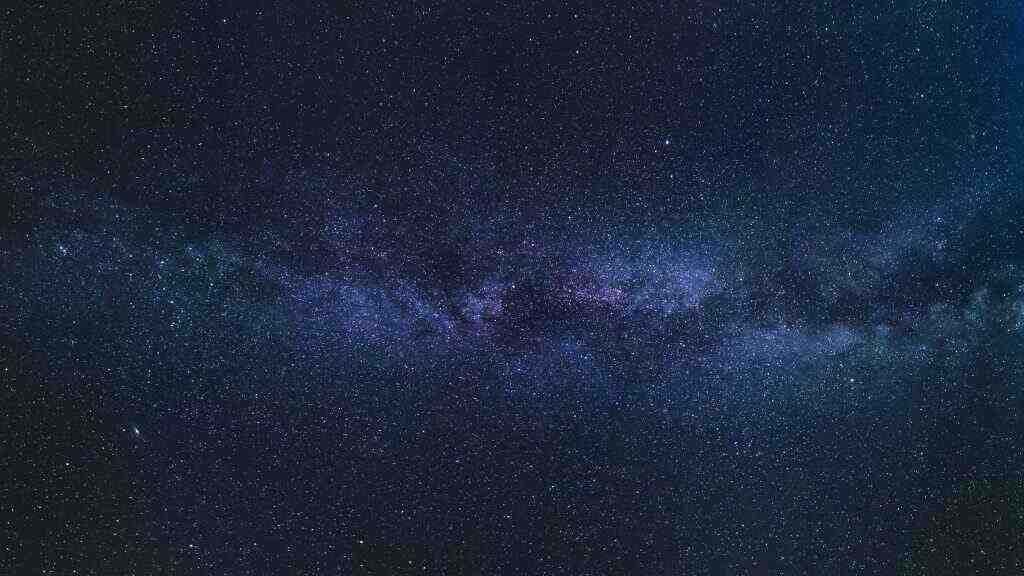2024: Unveiling the Flat and Elongated Galaxies of the Early Universe with the James Webb Space Telescope
In the vast cosmic tapestry, galaxies, the celestial abodes of stars, gas, and dust, exhibit an entrancing array of shapes and forms. Some appear as grand spirals, their arms gracefully swirling like celestial dancers, while others resemble elliptical orbs, their contents huddled together in a compact embrace. Yet, as we peer deeper into the annals of time, the earliest galaxies, those that emerged shortly after the universe’s birth, reveal an unexpected and intriguing characteristic: they are often flat and elongated, resembling cosmic breadsticks rather than the familiar balls of pizza dough that dominate the present-day universe.
A Journey to the Distant Past
To unravel this cosmic mystery, a team of researchers at Columbia University, led by NASA Hubble Fellow Viraj Pandya, embarked on an ambitious quest. Utilizing the unprecedented capabilities of NASA’s James Webb Space Telescope (JWST), they delved into the Cosmic Evolution Early Release Science (CEERS) Survey, a treasure trove of near-infrared images that captured the light of galaxies that existed billions of years ago, when the universe was a mere fraction of its current age.
Flat Galaxies: A Surprising Discovery
As they meticulously analyzed the images, a striking pattern emerged. A substantial fraction of the galaxies in the early universe, ranging from 50% to 80%, exhibited a flattened morphology. These galaxies, akin to cosmic breadsticks, appeared elongated and stretched, their light distributed across a thin plane. This discovery was astonishing, as it sharply contrasted with the prevalent spherical or elliptical galaxies observed in the present-day universe.
Exploring the Significance of Flat Galaxies
The prevalence of flat galaxies in the early universe raises intriguing questions about the processes that shaped their formation and evolution. These galaxies provide a unique window into the conditions and dynamics of the primordial cosmos, offering clues to the mechanisms that governed the assembly and growth of galaxies in the nascent universe.
Possible Explanations for Flat Galaxies
Several theories attempt to explain the origin of flat galaxies in the early universe. One possibility is that these galaxies formed through the rapid collapse and fragmentation of massive clouds of gas. As these clouds collapsed, they may have acquired a flattened shape due to the interplay of gravitational forces and the angular momentum of the rotating gas.
Another explanation suggests that flat galaxies might have resulted from mergers and interactions between smaller galaxies. In the dense environment of the early universe, galaxies frequently collided and merged, shaping and reshaping each other’s structures. These interactions could have produced elongated and flattened galaxies as a consequence of the gravitational torques and tidal forces involved in such encounters.
Implications for Galaxy Formation and Evolution
The existence of flat galaxies in the early universe has profound implications for our understanding of galaxy formation and evolution. It challenges traditional models that assume galaxies begin as small, spherical proto-galaxies that gradually grow and acquire their shapes over time. Instead, it suggests that galaxies can emerge with diverse morphologies from the outset, influenced by the unique conditions and processes that prevailed in the early universe.
Future Directions and the Role of the James Webb Space Telescope
The discovery of flat galaxies in the early universe opens up new avenues for exploration and research. Future observations with the JWST and other powerful telescopes will enable astronomers to probe deeper into the properties of these galaxies, investigate their internal dynamics, and study the evolution of their shapes and structures over cosmic time.
The JWST, with its exceptional sensitivity and ability to peer into the distant universe, will play a pivotal role in unraveling the mysteries surrounding these enigmatic flat galaxies. Its observations will provide valuable insights into the conditions that gave rise to these unusual structures and shed light on the fundamental processes that shaped the cosmos in its infancy.
Conclusion
The discovery of flat galaxies in the early universe, revealed through the exquisite images captured by the James Webb Space Telescope, represents a significant milestone in our understanding of galaxy formation and evolution. These cosmic breadsticks challenge our existing notions of how galaxies emerge and evolve, opening up new avenues for exploration and research. As we continue to probe the depths of the universe with advanced telescopes and instruments, we move closer to unraveling the mysteries that surround the birth and evolution of galaxies, gaining a deeper appreciation for the intricate tapestry of the cosmos.
Call to Action
The exploration of the early universe and its enigmatic flat galaxies is an ongoing endeavor, and your participation can make a difference. If you are fascinated by the mysteries of the cosmos, consider joining amateur astronomy groups or contributing to citizen science projects that analyze astronomical data. Your contributions can help astronomers gain a deeper understanding of the universe’s origins and evolution.
